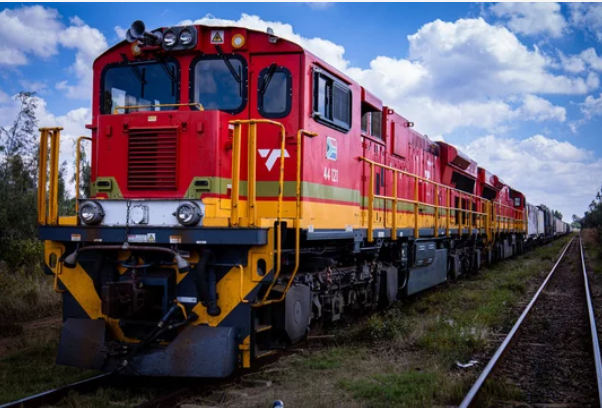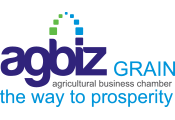
Articles & Insights
Final Network Statement: A step closer to moving grain by rail again

Over the last 20 years, there has been a steady shift from rail transport to road transport in South Africa. The transport of bulk agricultural products such as grains, sugar cane, and timber are well suited to rail transport but reliability issues in the past have led to companies switching to road transport, thereby prioritising reliability over costs.
This trend is not good for the country as it leads to increased costs in the value chain and puts significant pressure on our road system.
Moving to a competitive system
Since the current trend is not sustainable, the presidency convened a core group of experts under the banner of Operation Vulindlela to reverse the trend. The team’s proposals were captured in the Freight Logistics Roadmap adopted by cabinet towards the end of 2023. The roadmap recommended a fundamental shift towards an open, competitive system between different train operating companies (TOCs).
To facilitate this, a number of building blocks were put in place during 2024, including the:
• ‘Unbundling’ of Transnet Freight Rail into an infrastructure manager (TRIM), operating company (TFROC), and rolling stock leasing company (ROSCO).
• Creation of an interim economic regulator (IRAC) via the Economic Regulation of Transport Act, 2024 (Act 6 of 2024).
• Network Statement gazetted on 19 December 2024.
The Network Statement sets out the process, conditions and fees that any TOC (including Transnet) must adhere to in order to operate on South Africa’s rail network. This is truly a significant step. Of all the building blocks put in place, the Network Statement is arguably the most important factor that will determine whether private sector operators invest in rail transport or not. Afterall, cost is king, and the Network Statement determines the cost.
Revised fee structure
In March 2024, the first draft of the Network Statement was released for public comments, but stakeholders raised serious concerns regarding the affordability of its proposed rate. The
initial proposal was premised on Transnet Rail Infrastructure Manager’s regulated asset base and the funds required to maintain it. This funding, amounting to approximately R260 billion, would be raised via a fixed fee of 19,7c per gross tonne/km (GTK). Electricity use was also factored into this fee. Many experts in the field believed that this would be unaffordable and most inputs during the public consultation phase centred on the access fee.
The revised Network Statement follows a different methodology. Firstly, electricity is billed to TOCs according to consumption and a fee is payable for the use of common facilities such as rail yards. A differentiated tariff will then be applied per rail corridor, per commodity. The differentiated fee factors in a floor price, namely the minimum revenue required by the infrastructure manager to maintain the corridor, and a ceiling price based on the corridor’s regulated asset price. A differentiated fee is then applied per commodity between the floor price and the ceiling price.
Click here to read full article by Theo Boshoff, CEO, Agbiz for Agbiz Grain Quarterly – February 2025 issue.
